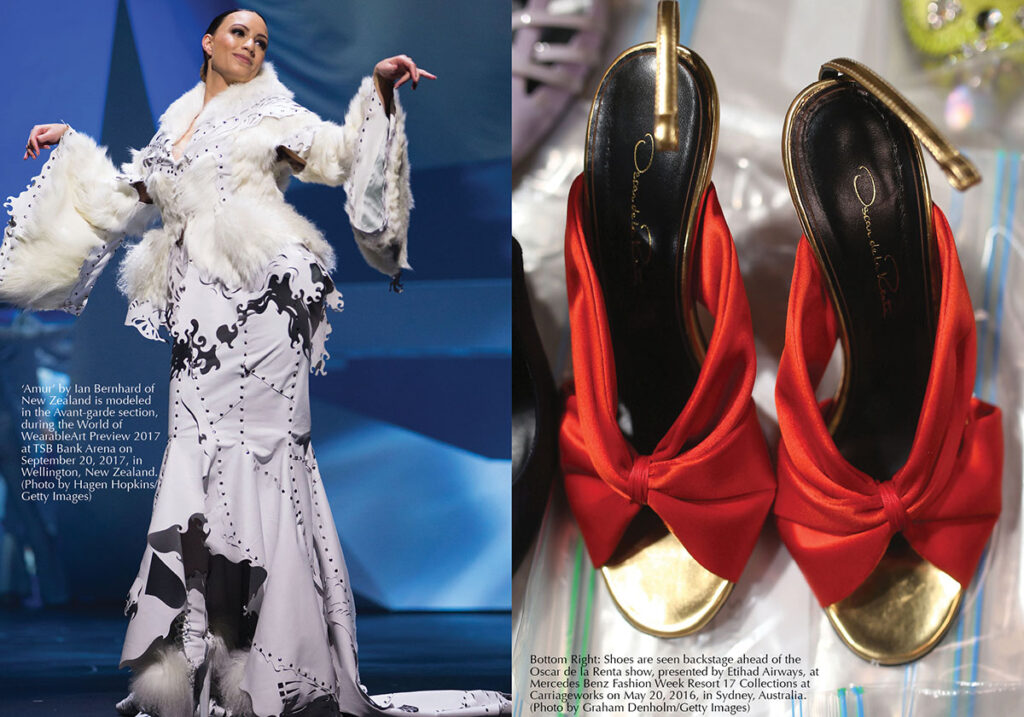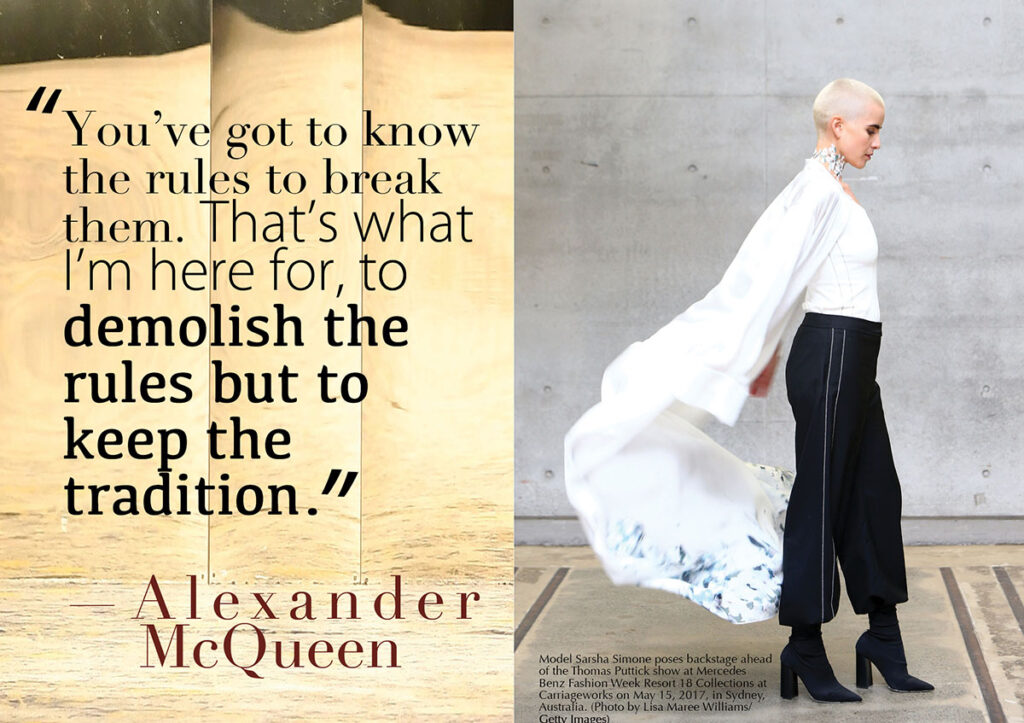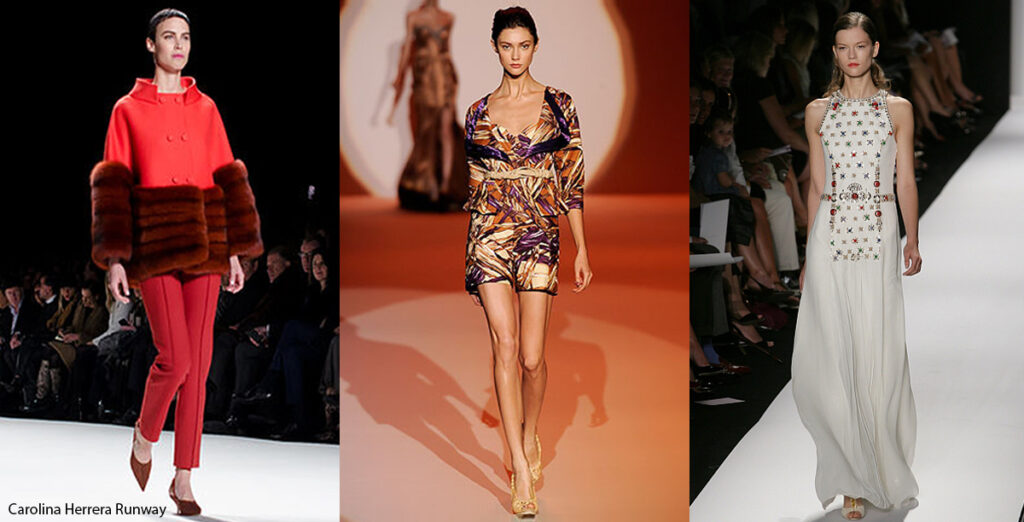“Over the years I have learned that what is important in a dress is the woman who is wearing it.” –Yves Saint Laurent
Everyone can agree that things have been moving at warped speed lately. We went from riding horses to flying airplanes, and now we receive delivered goods straight to our front porch by drones. I recently read that soon owning our own cars will be a thing of the past, that we will order a car much like Uber or Lift that will take us anywhere we want at a fraction of the cost of owning our own vehicle. Fashion has gone through many changes, too. From the muslin dress in the early 17th Century to gothic styles, 19th Century corsets, pleated pants, and knee-length, above-the-knee flapper dresses. But one thing hasn’t changed: the mixing of styles throughout the centuries is a constant friend. Despite our wardrobe consisting mostly of comfortable garments, our fascination with extreme shapes, mainly for formal occasions, is never too far away.
For instance, did you know that the military trend we see today on the runway is not a new trend? Back in the 1780s, Robert Dighton painted a portrait of a woman in a red riding suit. Her jacket was modeled after the Army’s uniform with a male’s tailored cut. The woman wore gold bullion epaulets on her shoulders, and the jacket is drawn back to form a bustle. At the time, it had become a trend worn by many of the female aristocracy. A hundred years later, the riding jacket appeared again and was decorated with military-type braiding. Other similar military tributes were made to the Sgt. Pepper jacket, camouflage combinations; and as recent as 2009, the marching band jacket made its way to the fashion weeks around the world.
The haute couture designers have similar themes of shocking looks from earlier times. For example, Jean Paul Gaultier, who loved structured petticoats, often experimented with crinolines. He was one of the first designers to show a petticoat with the cage on the outside. Many designers have experimented with traditionally hidden garments and with them ultimately created provocative fashions; and one of the most innovative haute couture creations was created by Christian Dior. John Galliano cleverly paired the corset with a luxurious maxi skirt with feathers and called it a ball gown. They say flattery is the best compliment and Gaultier’s contemporaries repeatedly emulated this gown throughout the years.
“Fashion has always been a repetition of years, but what makes it new is the way you put it together.” –Carolina Herrera
I guess it’s true that history repeats itself. It seems every 20 years we see a recycled look from our past. The hoop skirts and cashmere sweaters worn with oxfords defined the 50s, but even today, we will see some semblance of this look. Designer Betsey Johnson teased us with her collection every season for years. Somewhere on Johnson’s catwalk, a model with pigtails, oxfords, and a hoop skirt made an appearance. In the 80s we saw the looks of the 60s mixed up with shoulder pads. The 90s gave us a flash of the 70s with wallabies and corduroys while introducing “punk,” which was Goth transformed and modernized. And to what do we pay our fashion homage now—a mélange of styles that include aviator glasses and leather bomber jackets, prêt-a-porter military styles, neoclassical gowns more suited to full-figured women who are part of the “new renaissance”; and varying styles of the little black dress. From silk velvet dresses in the late 17th Century to the 1960s with their form-fitted silhouettes, fashion could not evolve without recycling itself. Maybe the regeneration of older motifs is just a way for designers to pay tribute to the first innovators of style!
Read this article in the print issue: Agenda Dec. 2017/JAN. 2018, Issue #3







